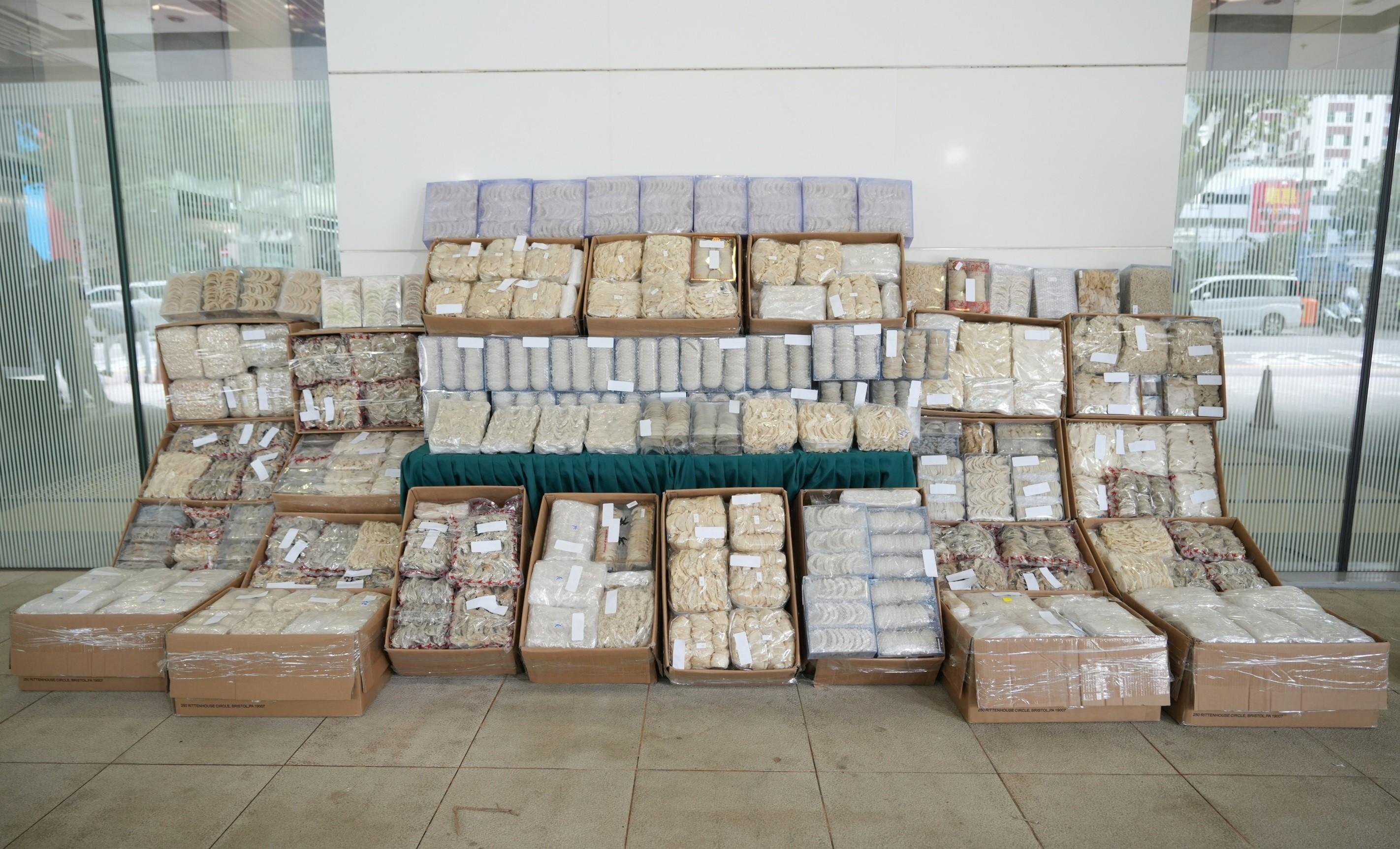The new regulation on disposable plastic products came into effect on April 22 this year, and the six-month adaptation period has been concluded for a month since October 21. After the adaptation period, the Environmental Protection Department (EPD) has continued its publicity and education efforts as the main focus, supplementing these efforts with enforcement actions to further promote a plastic-free culture in society.
A spokesman for the EPD said that the new regulation has been implemented for a month and that society as a whole has generally complied. It can be seen that a green and waste-less living culture has begun to develop in the societal level, and the trades have gradually adapted to the new regulatory requirements and made corresponding changes in their businesses. During the adaptation period, the EPD proactively arranged for staff to inspect more than 47 700 catering premises, retail stores, hotels and guesthouses in Hong Kong to provide various supports to the trades. Following the adaptation period, the EPD deployed staff over the past month to carry out inspections and follow up on the improvement progress at about 160 retail outlets that were non-compliant during the adaptation period. It was found that these outlets had all complied with the regulatory requirements. As for hotels and catering premises downstream, the EPD received 43 complaints about non-compliance over the past month, all of which have been investigated. While most of them have been rectified, two of them still had not taken specific actions to rectify at the time of follow-up inspections. The EPD has issued written warnings requiring the persons-in-charge to make improvements within 10 working days; otherwise, a fixed penalty notice will be issued.
The spokesman said, “After the adaptation period, the trades have actively complied with the new regulation by stopping the sale or provision of regulated disposable plastic products. The public’s habit of using relevant products in their daily lives has also changed; for example, the number of takeaway customers who do not require disposable tableware has increased significantly compared to before the implementation of the new regulation, and they have gradually become accustomed to bringing their own reusable tableware. Also, more than 80 per cent of takeaway customers in chain restaurants no longer require disposable tableware. It is estimated that, on average, the new regulation can reduce more than 60 million sets of disposable tableware in Hong Kong every year, achieving an overall effective waste reduction goal. We are very grateful to the public and trades for their strong support and active participation. In addition, daily life for citizens and the trades has changed accordingly, with ‘bring your own reusable tableware’ and plastic-free cultures gradually spreading throughout society. This proves that the new regulation has achieved certain results.
“Hong Kong people have made unprecedented changes over the past six months to go plastic-free. However, legislation is merely one tool; our ultimate goal is to foster societal recognition and establish a plastic-free culture. Changing social customs and encouraging individuals to adopt new habits is no easy task. Solely relying on government initiatives will not suffice; we require collective support from society to succeed. The EPD appeals to all individuals, groups and organisations that support this goal to participate collaboratively and encourage others to change their lifestyles by starting with a move towards plastic-free. Together, we can promote a green and low-carbon living culture in Hong Kong and establish our ecological civilisation.” read more


